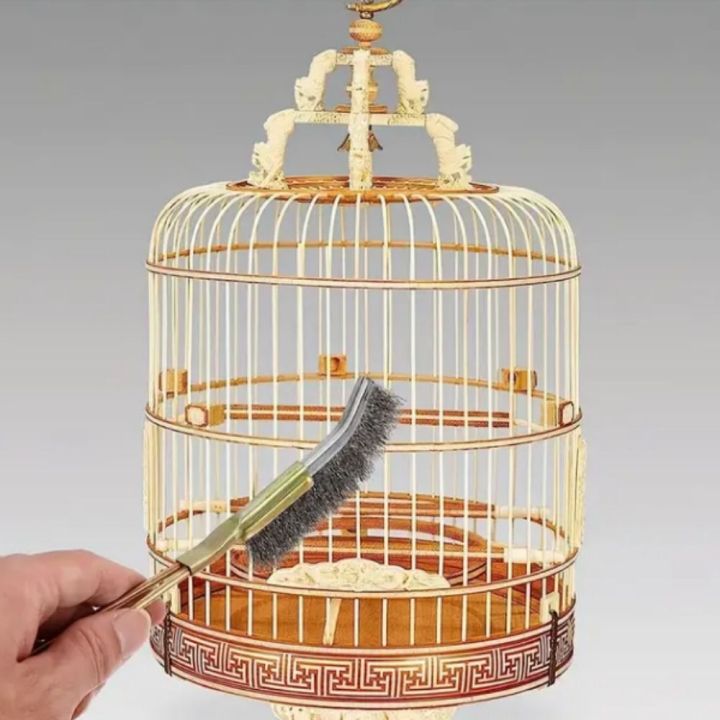Introduction
Keeping your canary’s cage clean is crucial for its health and well-being. Canaries, like all birds, are sensitive to their environment, and a clean cage helps prevent the spread of diseases and parasites. This 1000-word article will guide you through the process of cleaning your canary’s cage effectively and safely.
Understanding the Importance of a Clean Cage
- Health Benefits: A clean cage reduces the risk of infections and respiratory problems in canaries.
- Behavioral Impact: A well-maintained environment can positively affect your canary’s mood and behavior.
Preparing for Cage Cleaning
- Frequency of Cleaning: Daily spot cleaning and a thorough weekly cleaning are recommended.
- Gathering Supplies: Prepare non-toxic cleaners, paper towels, scrub brushes, and a hand vacuum or broom. Avoid using strong chemical cleaners as they can be harmful to birds.
Step-by-Step Cleaning Process
- Removing Your Canary: Safely transfer your canary to a temporary cage or enclosed space.
- Disassembling the Cage: Take out all removable parts like feeders, water dishes, perches, and toys.
- Initial Cleaning: Remove any loose debris, old food, and droppings using a hand vacuum or broom.
- Washing Removable Parts:
- Soak feeders, water dishes, and toys in warm, soapy water.
- Use a brush to scrub and remove any stuck-on debris.
- Rinse thoroughly with clean water.
- Cleaning the Cage:
- Wipe down the inside and outside of the cage with a wet sponge or cloth.
- For stubborn stains, use a mild, bird-safe cleaner.
- Ensure all soap and cleaner residues are completely rinsed off.
- Drying: Allow the cage and all components to dry completely before reassembling.
Reassembling the Cage
- Placement of Items: Return all items to their original position or take this opportunity to rearrange for environmental enrichment.
- Adding Fresh Bedding: Line the cage with fresh bedding or paper.

Daily Maintenance Tips
- Spot Cleaning: Remove droppings and uneaten food daily.
- Water and Food Dishes: Clean and refill dishes daily to maintain hygiene.
Dealing with Stubborn Stains and Odors
- Natural Cleaners: Use a mix of vinegar and water for tough stains and odors. Always rinse thoroughly after using any cleaner.
- Avoiding Harmful Substances: Do not use bleach or ammonia-based products, as they can be toxic to birds.
Sanitizing the Cage
- Regular Sanitization: Once a month, use a bird-safe disinfectant to sanitize the cage.
- Thorough Rinsing: After sanitizing, rinse the cage several times to ensure no residue is left.
Providing a Safe and Comfortable Environment
- Avoiding Stress: Try to clean the cage at a time when your canary is most relaxed.
- Comfort Items: Consider placing a familiar toy or perch in the temporary cage during cleaning.
When to Deep Clean
- Seasonal Cleaning: Perform a deep clean of the cage and all accessories at least once every season.
- Post-Illness Cleaning: If your canary has been ill, a thorough cleaning and sanitization of the cage and accessories are necessary.
Conclusion
A clean cage is essential for the health and happiness of your canary. Regular cleaning, along with daily maintenance, ensures a hygienic living environment for your feathered friend. By following these steps, you can provide a safe and comfortable home for your canary, contributing to its overall well-being and longevity. Remember, the effort you put into maintaining your canary’s cage reflects your care and commitment to its health and happiness.
